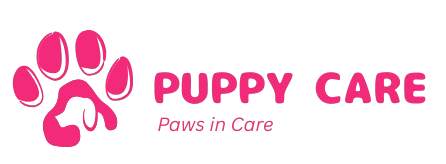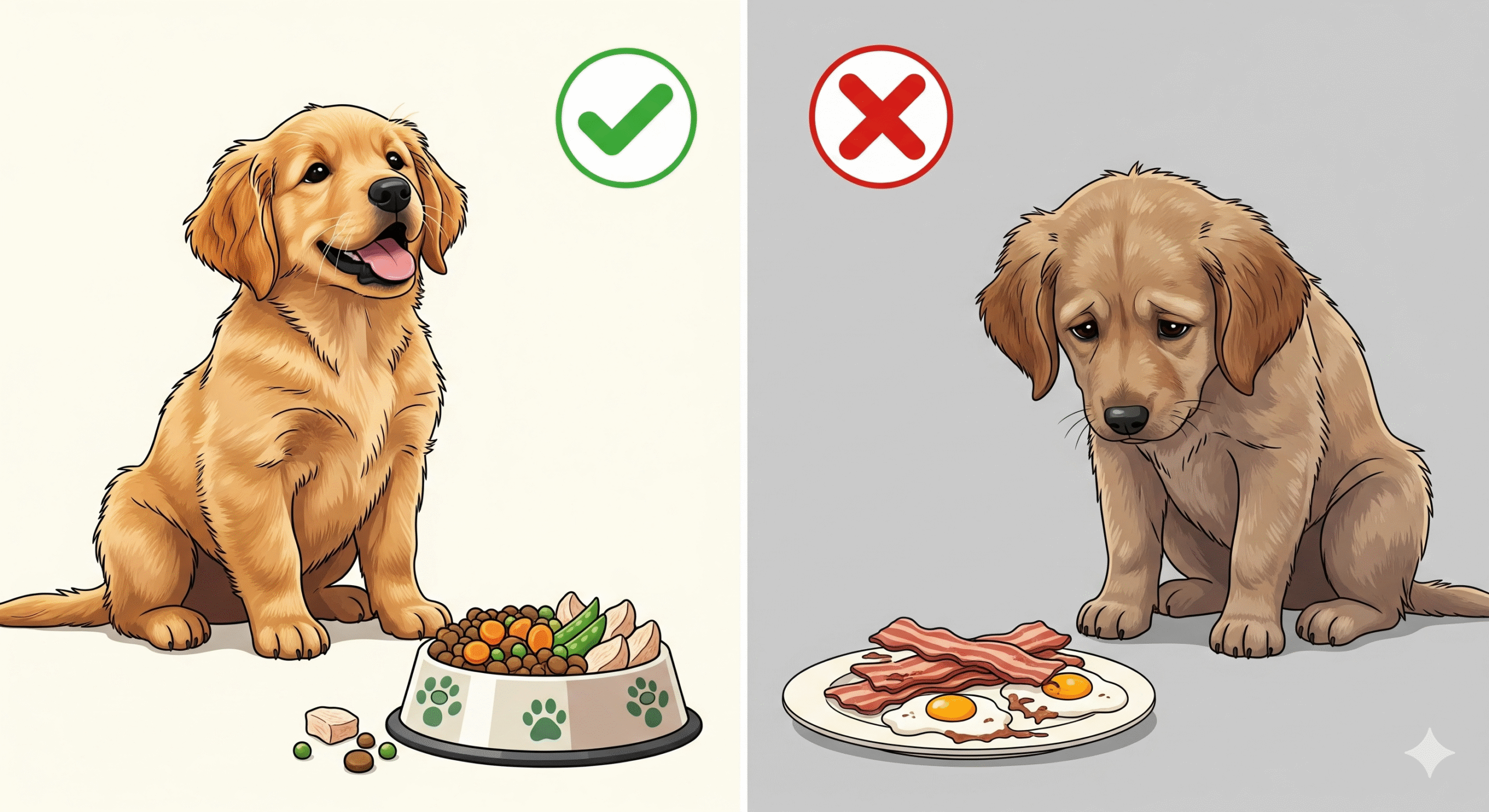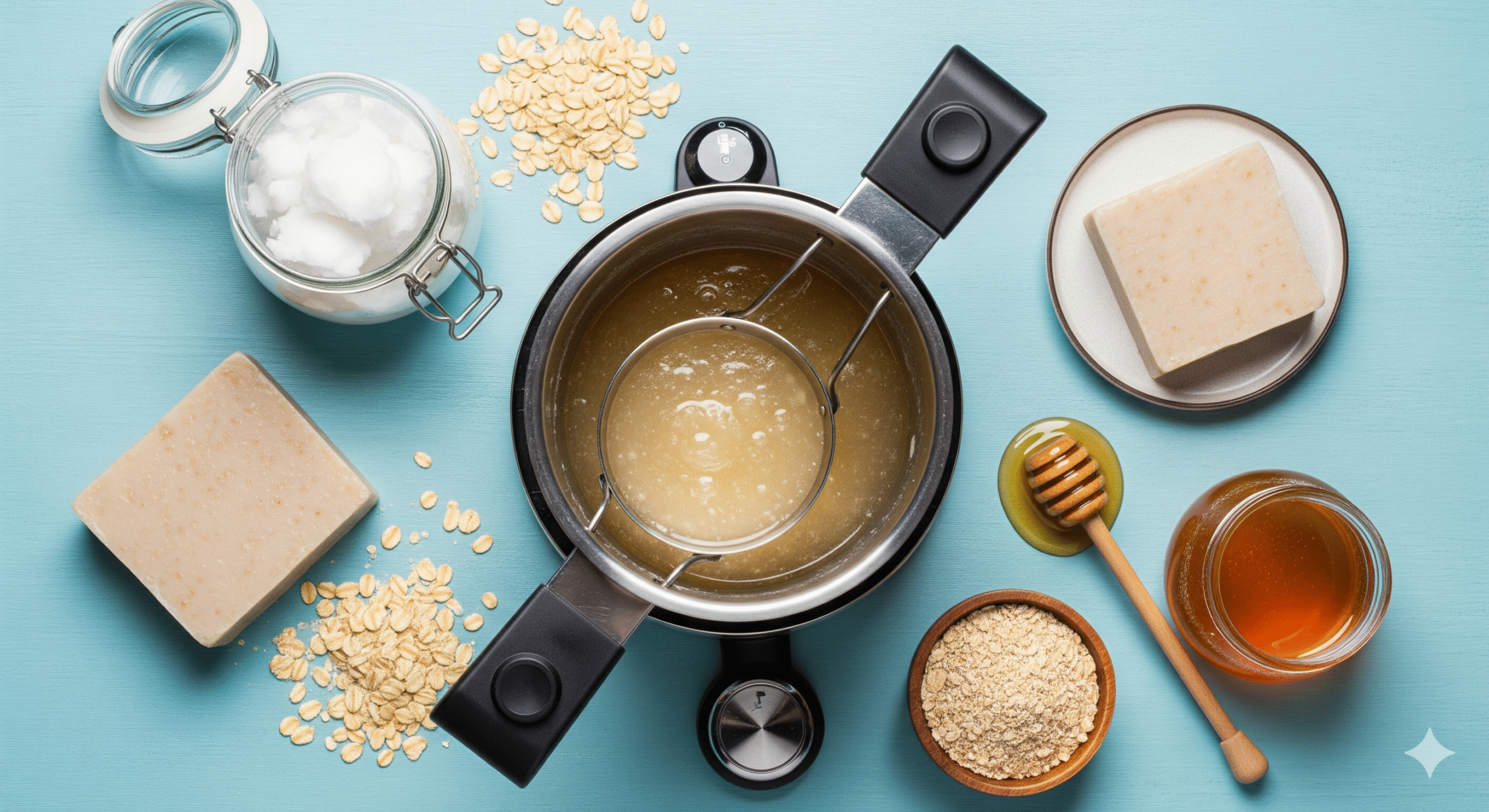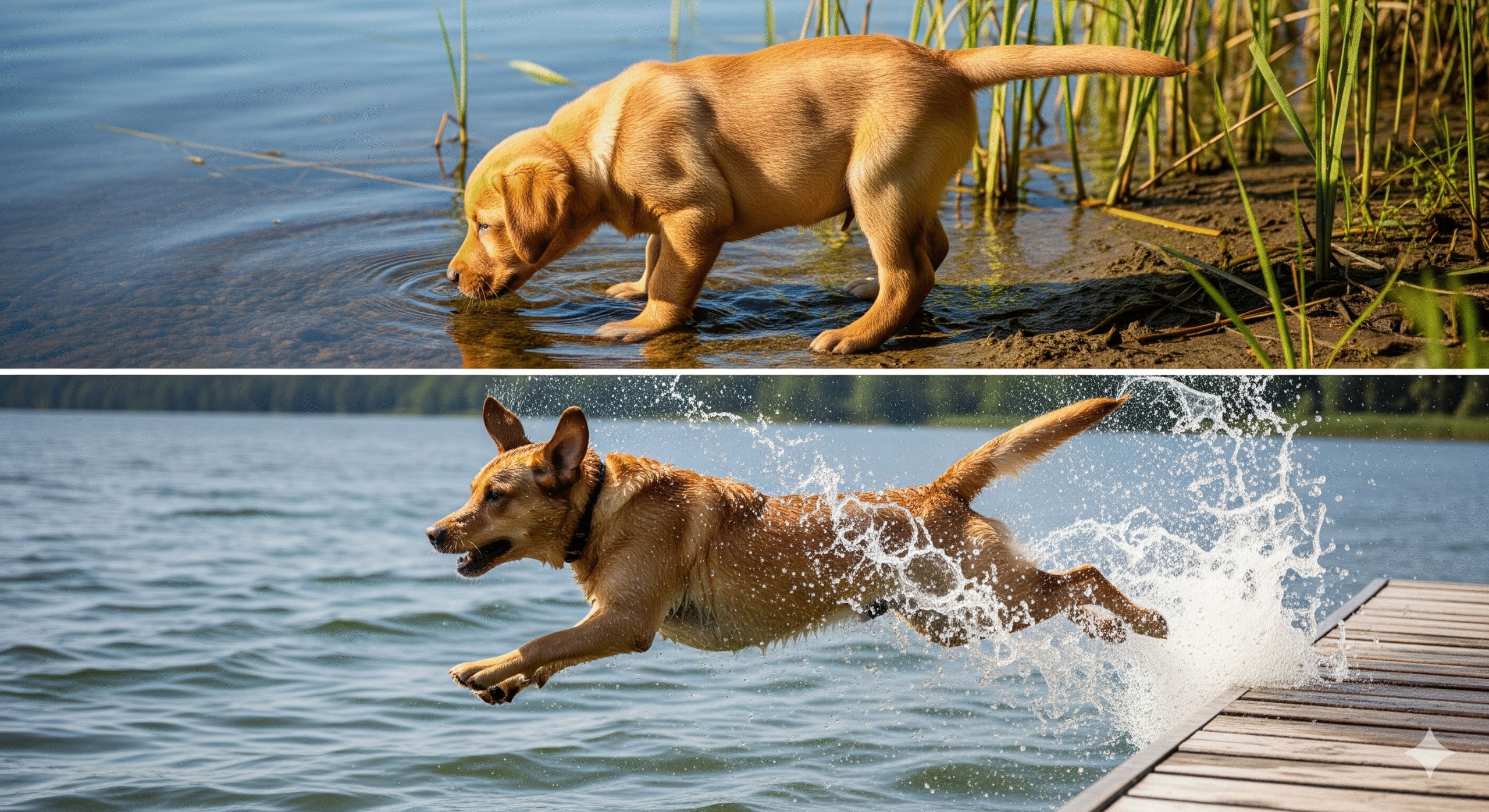Bringing a new puppy home is an exciting milestone, but for your resident dog, it can feel like an invasion. That bouncy, energetic ball of fluff represents change, competition for resources, and a threat to their established routine. A poorly managed introduction can create lasting tension, jealousy, and even aggression. However, with a careful, patient strategy, you can foster a peaceful—and even playful—relationship between your old friend and your new family member.
This definitive guide will walk you through a proven, step-by-step process to ensure that first meeting sets the stage for a harmonious multi-dog household. We’ll cover:
✔️ Pre-introduction preparation to set both dogs up for success
✔️ The ideal location for a first meeting (it’s not your home!)
✔️ A detailed, step-by-step introduction process from neutral ground to cohabitation
✔️ How to read canine body language to prevent conflicts before they start
✔️ Managing the critical first weeks together under one roof
Let’s ensure your puppy’s homecoming is the beginning of a beautiful friendship, not the start of a turf war.
Before the Introduction: Laying the Groundwork 🧰
Success is determined by what you do before the dogs even see each other. Rushing this process is the most common and critical mistake.
1. Health and Safety Check 🩺
- Veterinary Visit: Ensure both dogs are healthy, up-to-date on vaccinations, and free from parasites. Pain or illness in an older dog can make them unusually irritable and intolerant.
- Grooming: Give both dogs a bath or grooming session a day or two before. This helps them smell neutral and pleasant to each other, rather than like “their” territory.
2. The Power of Scent Swapping 👃
Dogs experience the world through their noses. Introduce them through scent long before the visual introduction.
- Days 1-3: Swap blankets or toys between the puppy and the older dog. Let each dog investigate the other’s scent in their own time, without pressure.
- Signs of Success: Your resident dog sniffs the item curiously without growling or having their hackles raise. They may even seem interested or indifferent, which is a good sign.
3. Prepare Your Home Environment 🏠
- Create Separate Zones: Use baby gates to create puppy-free sanctuaries for your older dog. They need a quiet place to retreat to when they need a break.
- Remove Precious Resources: Pick up your older dog’s favorite toys, high-value bones, and food bowls to prevent resource guarding before it can start.
- Set Up Separate Resources: Have duplicate food and water bowls, beds, and crates in different areas from the start.
The Step-by-Step Introduction Process 🚶♂️🐕
Plan for this process to take place over several hours, or even spread across a few days. Patience is your greatest asset.
Step 1: The Neutral Territory Meeting 🌳
Never, ever introduce dogs for the first time inside your home. Your home is your resident dog’s territory, and a new puppy is an invader. Choose a neutral park, a quiet parking lot, or a friend’s yard.
- Walk the Dogs Separately: Have one person walk the older dog and another walk the puppy. Start at a distance where they can see each other but are not close enough to interact.
- Parallel Walking: Walk the dogs parallel to each other, about 10-15 feet apart. Gradually decrease the distance as they become more comfortable and show relaxed body language. Reward both dogs with high-value treats (chicken, cheese) for calm behavior.
- The First Sniff: Once the dogs seem relaxed (loose, wiggly bodies, soft eyes), allow them to approach each other in a calm, controlled manner for a brief, 3-5 second sniff. Keep leashes loose to avoid transmitting tension, but be ready to gently guide them apart.
- Keep it Short & Positive: End the interaction after a few positive sniffs. Do not let the puppy jump all over the older dog. The goal is a brief, positive experience.
Step 2: Bringing the Puppy Home 🚪
- Bring the Older Dog Inside First: Let your resident dog enter the home first and settle down.
- Bring the Puppy In on Leash: Bring the puppy in on a loose leash. Keep the initial energy calm and quiet.
- Supervised Exploration: Allow the puppy to explore common areas on leash, with the older dog watching from a distance or behind a baby gate. Use gates to give the older dog an “out” if they feel overwhelmed.
- Separate When Unsupervised: For the first few weeks, never leave the puppy and older dog alone together. Use crates and baby gates to manage their interactions and ensure everyone’s safety.
Reading Canine Body Language: The Green, Yellow, and Red Flags 🚦
Understanding what your dogs are silently saying is crucial to preventing a negative interaction.
Green Flags: All Good! ✅
- Play Bow: Front end down, butt in the air. An invitation to play.
- Loose, Wiggly Body: A relaxed, wiggly body with a softly wagging tail.
- Bouncy, Reciprocal Play: Taking turns chasing and being chased.
- Soft Eyes and Face: Relaxed facial muscles, mouth slightly open.
Yellow Flags: Proceed with Caution ⚠️
- Whale Eye: Showing the whites of their eyes, indicating anxiety or stress.
- Lip Licking or Yawning: Out-of-context, these are signs of stress.
- Stiff Body, Low Wagging Tail: The dog is unsure, on alert, or tense.
- The Older Dog Snapping or Growling: This is a clear, appropriate warning to the puppy to back off. Do not punish this; it’s a necessary form of canine communication.
Red Flags: Intervene Immediately! 🚨
- Raised Hackles: The hair on their back is standing up.
- Deep, Guttural Growling: Different from a warning grumble.
- Snarling with Teeth Fully Exposed: A clear and deliberate threat.
- A Hard, Unblinking Stare: The dog is fixated and ready to attack.
To Intervene: Stay calm. Distract them with a loud noise (clap your hands, shake a treat can) and calmly lead them apart. Never get between two fighting dogs with your hands.
Managing the First Few Weeks: Setting House Rules 📝
The goal is peaceful coexistence, not forcing an immediate best-friend relationship.
- Feed Separately: Always feed in separate rooms or crates to avoid any potential food aggression or resource guarding.
- Favor the Older Dog: Give your older dog attention, treats, and affection first. Greet them first, pet them first, feed them first. This reassures them they are still top dog and prevents jealousy.
- Provide Plenty of “Puppy-Free” Time: Your older dog needs breaks from the puppy’s relentless energy. Enforce nap times for the puppy in their crate so the older dog can relax undisturbed.
- Interrupt Rudeness: Gently interrupt the puppy if they are pestering the older dog (jumping, biting, constant barking). Redirect the puppy to a toy or a training activity.
Common Challenges & Solutions 🛠️
Older Dog Growls at Puppy
- Solution: This is normal and appropriate. The older dog is teaching the puppy boundaries. Only intervene if it escalates beyond a single warning snap.
Puppy Won’t Leave Older Dog Alone
- Solution: This is the most common issue. Enforce mandatory nap times for the puppy. Provide more mental stimulation (puzzle toys, training sessions) to tire them out. Keep a leash on the puppy indoors so you can easily redirect them.
Dogs Ignore Each Other
- Solution: This is a perfect outcome! It means there is no conflict. Don’t force interaction; let their relationship develop naturally over time.
When to Seek Professional Help 🤝
Contact a certified professional dog trainer or behaviorist if:
- The older dog shows intense, uncontrolled aggression from the start.
- Either dog injures the other.
- The level of stress or fear does not decrease after several weeks of careful management.
Final Checklist for a Successful Introduction ✅
☑️ Health check complete for both dogs
☑️ Scent swapping done in advance
☑️ Home is prepared with baby gates and separate zones
☑️ First meeting is on neutral territory
☑️ You can identify calming and stress signals in dog body language
☑️ You have a plan for managing the first few weeks (separate feeding, crates)
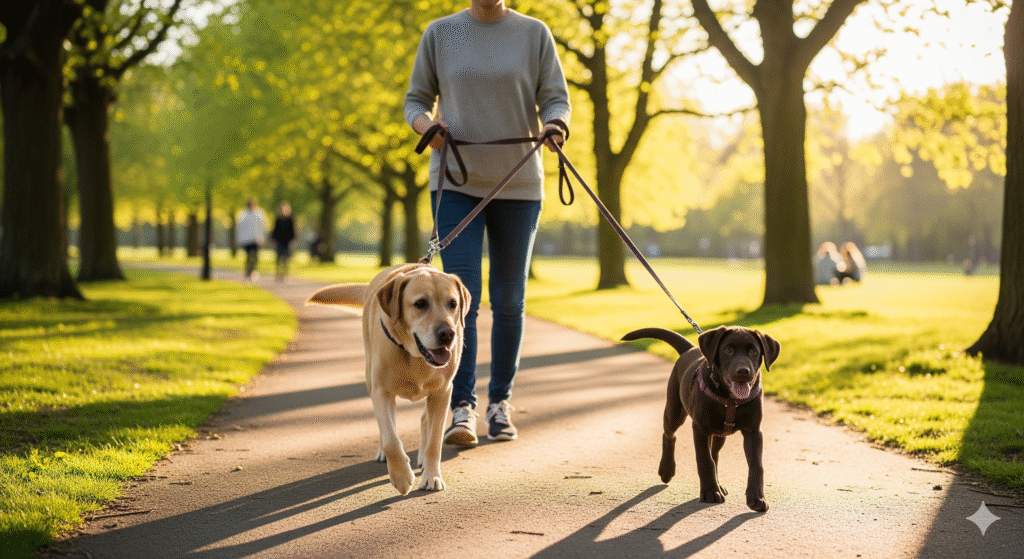
Supervised outdoor play is excellent for your puppy’s physical and mental development. However, backyards can be full of hidden dangers, from toxic plants to escape routes. A securely contained space is the perfect solution for safe outdoor enrichment. The right playpen can create a puppy-safe zone for play and relaxation. For our top picks that are durable, weather-resistant, and escape-proof, see our review of the Best Puppy Playpens for Backyards.
